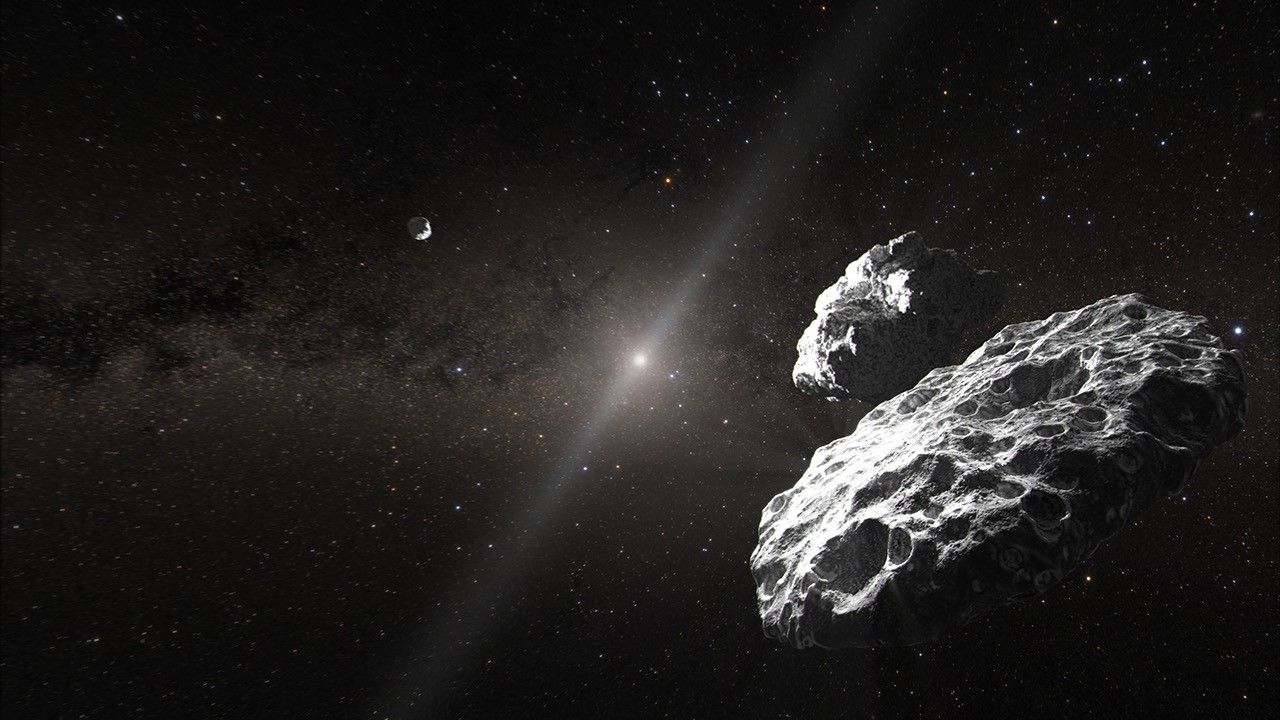The most recent spacecraft <a HREF="http://www2.jpl.nasa.gov/basics/bsf18-1.php#trk" target="basics" rel="noopener">tracking</A> and <a HREF="http://www2.jpl.nasa.gov/basics/bsf18-1.php#tlm" target="basics" rel="noopener">telemetry</A> data were collected on Aug. 8 by the <a HREF="http://deepspace.jpl.nasa.gov/" target="deepspace" rel="noopener">Deep Space Network's</A> 34 meter Station 45 at <a HREF="http://www.cdscc.nasa.gov/" target="_new" rel="noopener">Canberra</A>, Australia.
The most recent spacecraft tracking and telemetry data were collected on Aug. 8 by the Deep Space Network's 34 meter Station 45 at Canberra, Australia. Except for the Cassini Plasma Spectrometer, which is off, and the inoperative Ultrastable Oscillator, the Cassini spacecraft is in an excellent state of health with all of its subsystems functioning normally. Information on the present position of the Cassini spacecraft may be found on the "Present Position" page at: http://saturn.jpl.nasa.gov/mission/presentposition/.
This week, Cassini was dedicated to primarily one kind of science data gathering activity. The Ultraviolet Imaging Spectrograph continued to control spacecraft pointing for over 91 hours, carrying out system scans of Saturn's magnetosphere to image hydrogen and oxygen.
Wednesday, Aug. 1 (DOY 214)
One of the 34 meter Deep Space Network (DSN) stations in Canberra, Australia, participated in an Operations Readiness Test for next Sunday's Radio Science rings and atmosphere occultation experiment.
Thursday, Aug. 2 (DOY 215)
The Attitude and Articulation Control Subsystem team performed a Reaction Wheel Assembly (RWA) bias maneuver while Cassini was being tracked by the DSN. On other missions, maneuvers similar to these are known as a momentum wheel desaturation or "desat" maneuvers. However, on Cassini, the objective is somewhat different, and the process is often referred to as momentum management.
During the same DSN tracking pass, the flight team uplinked two command files to support Sunday's Radio Science experiment. One was a "Live Moveable Block" to refine the timing of spacecraft activities; the other performed an update of the Inertial Vector Propagator for pointing to Saturn.
Cassini passed through apoapsis today at more than twice the "height" of Titan's orbit, going 6,634 kilometers per hour relative to the planet. This marked the start of orbit #170, which has a period of 21.2 days and an inclination of 32.2 degrees.
Friday, Aug. 3 (DOY 216)
Since Approach Science began on January 10, 2004, there have been 274,009 images received from the Imaging Science Subsystem, and 143,498 data cubes from the Visible and Infrared Mapping Spectrometer (VIMS). The latter are called "cubes" because each picture element in VIMS's 256 X 512 pixel array has a depth of 352 spectral channels.
Saturday, Aug. 4 (DOY 217)
The flight team sent commands today for Orbit Trim Maneuver (OTM) 330, which will execute on Monday night.
Sunday, Aug. 5 (DOY 218)
Today's DSN tracking pass was one of three this week that were shortened to about three hours each, compared with the usual nine hours each, in order to free up DSN antenna resources to support Mars Science Laboratory, which landed successfully tonight.
Monday, Aug. 6 (DOY 219)
The Radio Science Subsystem team carried out a periodic instrument maintenance activity.
Tuesday, Aug. 7 (DOY 220)
Orbit Trim Maneuver (OTM) 330, the apoapsis maneuver targeting to the Titan 86 encounter, was performed early this morning using the main engine. The 25 second burn provided a delta-V of about 4.4 meters per second.
The S77 Sequence Implementation Process (SIP) kickoff meeting was held today. The 10-week sequence will go active on the spacecraft next January.






























